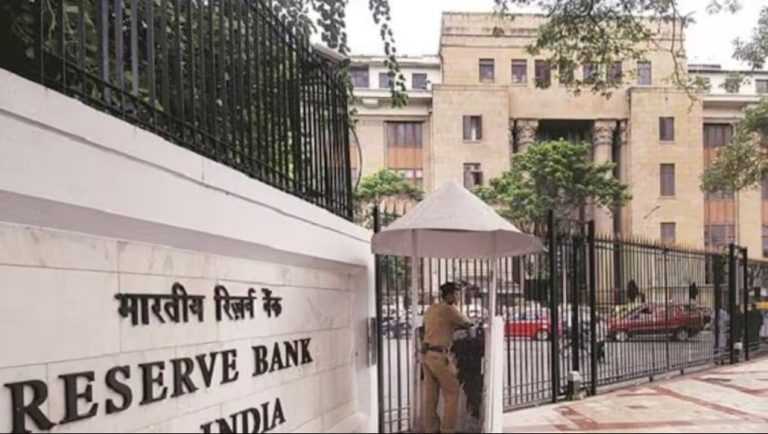Waymo says it plans on expanding its autonomous ride-hailing service to Miami. Shares of Uber Technologies Inc (NYSE: UBER) as well as peer Lyft Inc (NASDAQ: LYFT) are deep in red following the announcement on Thursday.
Waymo is the self-driving technology subsidiary of Alphabet Inc (NASDAQ: GOOGL). Its autonomous ride-hailing service called Waymo One is already available in several cities, including San Francisco and Los Angeles.
Waymo has partnered with Moove to make its autonomous ride-hailing services available in Miami in 2026.
Shares of Waymo are not yet available for the public to trade.
Autonomous car market is growing fast
Today’s announcement is a part of Waymo’s broader push to enable residents and tourists enjoy a safer and more accessible mobility service across the United States.
Moove has agreed to manage the company’s self-driving fleet, first in Phoenix and then in Miami.
According to Ryan McNamara – the vice president of operations at Waymo:
Together, we’ll provide safe, seamless trips for riders, and scale faster and more cost-effectively over time, with safety continuing to lead the way.
Statista forecasts the global autonomous car market to grow at a fast clip in the coming years.
It estimates that market to be worth well over $100 billion by the end of this decade versus $41 billion only in 2024.
Could Waymo hurt Uber’s business?
Waymo’s expansion could spell trouble for Uber Technologies as robotaxis or even self-driving vehicles at large could challenge its dominance in ride-hailing.
They could make it more challenging for the likes of Uber to maintain, let alone improve its growth rates over the next few years.
Still, Evercore ISI’s head of internet research Mark Mahaney is convinced such concerns may be a bit too overblown.
He, in fact, expects self-driving to be a boon for Uber stock.
Why? Because Uber will eventually have robotaxis in its fleet. Mahaney has a $120 price target on Uber shares that indicates potential for about an 80% upside from here.
Uber has a solid financial stature
Mark Mahaney is not the only one who’s super bullish on Uber stock despite recent developments in the self-driving arena – including Donald Trump committing to making regulation of autonomous vehicles a top priority as the 47th President of the United States.
The consensus rating on Uber Technologies remains a “buy”.
Uber shares do not currently pay a dividend but are still worth owning, especially after today’s sell-off, on solid financials.
The ride-hailing giant increased the number of monthly active users on its platform by another 13% to 161 million in its recently concluded quarter.
Uber reported market-beating results for its fiscal Q3 and guided for up to $1.88 billion in adjusted EBITDA for its current quarter in October.
The post Waymo expands to Miami: should Uber be scared? appeared first on Invezz










